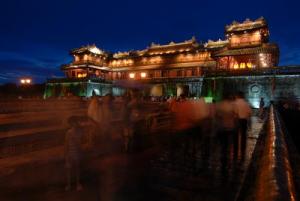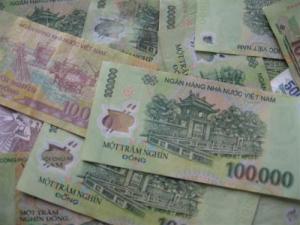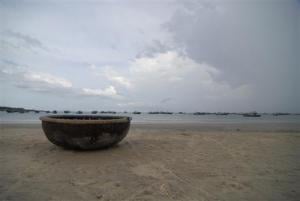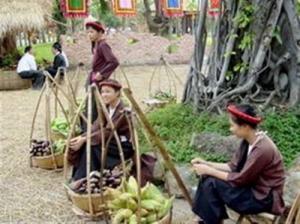Hoi An: History and Passion for Street Food
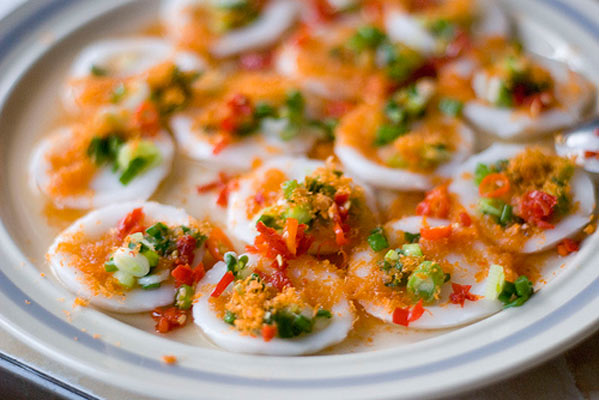
The people of Hoi An love eating out, in particular street food. And this passion for the latter isn't just any random habit, but in fact history-based.
In the 16th -19th centuries, Hoi An was one of Asia's primary trading ports. As such, the place was frequently visited by foreign traders from such countries as China, Holland, Portugal, Japan, and practically all over the world. Since these merchants had to eat especially after a whole day of working along the waterside, the locals thought of selling food to these traders without them having to leave their place of business. Thus, the birth of street food.
Hoi An's legendary street food is originally made of Central Vietnamese dishes. But with the abundance of foreign influence into the area, it had evolved, over time, into a combination of authentic Vietnamese taste and international flavors. Especially today, Hoi An street food comes in an even wider selection from snacks to meals and can be found in almost every corner. And whether you're looking for a quick fix, out for a family gathering, or even set to party, the sidewalks of Hoi An are sure to provide all your needs.
Che is one of the most popular street foods in Hoi An. It is usually a morning treat, a sweet soup made of different kinds, but the local favorite being dau van or hyacinth beans. It is composed of several gelatin-like black chunks of luong phanh, a Chinese jelly made from a plant of the same name and combined with some herbs. The jelly-like quality comes from rice flour or cassava that thickens the mixture. It is said to improve health and immunity, and quench dehydration especially on summer. A few drops of kumquat juice is essential for every bowl of che dau van, without which the meal is said to lose a signifact part of its flavor.
In the afternoon, the streets of Hoi An become filled with almost all kinds of delicacies from banh bot loc (dumplings with shrimp and/ or pork) to banh uot thit nuong (thin pancakes with grilled pork). Banh beo (steamed rice pancakes) is considered the “town's afternoon snack.” While Hue's pancakes are thin, expensive, and usually served in high end restaurants, Hoi An's version is larger, thicker and obviously much cheaper, being sold along the sidewalks. Ram and nuoc mam are the perfect partners for the street treat, the former being fried noodles, and the latter fish sauce. They are mixed with chili and garlic and made as a dipping sauce.
At nighttime, banh mi or Vietnamese sandwiches from Phuong Bakery is the town's most lucartive street snack. It is a concoction of pate, pork, cha lua (kind of pork bologna), vegetables and sauces. It's so good that American celebrity chef and TV personality Anthony Bourdain named it as “the best banh mi in Vietnam.”
But if you're looking for authentic Vietnamese cuisine, Pho comes higly recommended, being hailed globally as “most well-known Vietnamese food.” It is basically a beef noodle soup, but unlike those in the north and south, the pho or Pho Lien of Hoi An stands out in that the noodles are halfway between soft and hard, even crunchy. The soup has both the sweetness of beef bones and the buttery, spicy taste of peanuts with dried chili.It has fresh basil and sliced, vinegar-fermented papaya as a condiment.
Hoi An street food comes in so many kinds, anytime of the day, in almost every corner of the town. With its exceptional taste and cheap rates, what tourist or even local wouldn't find an excuse to experience the taste of Hoi An, street style?





